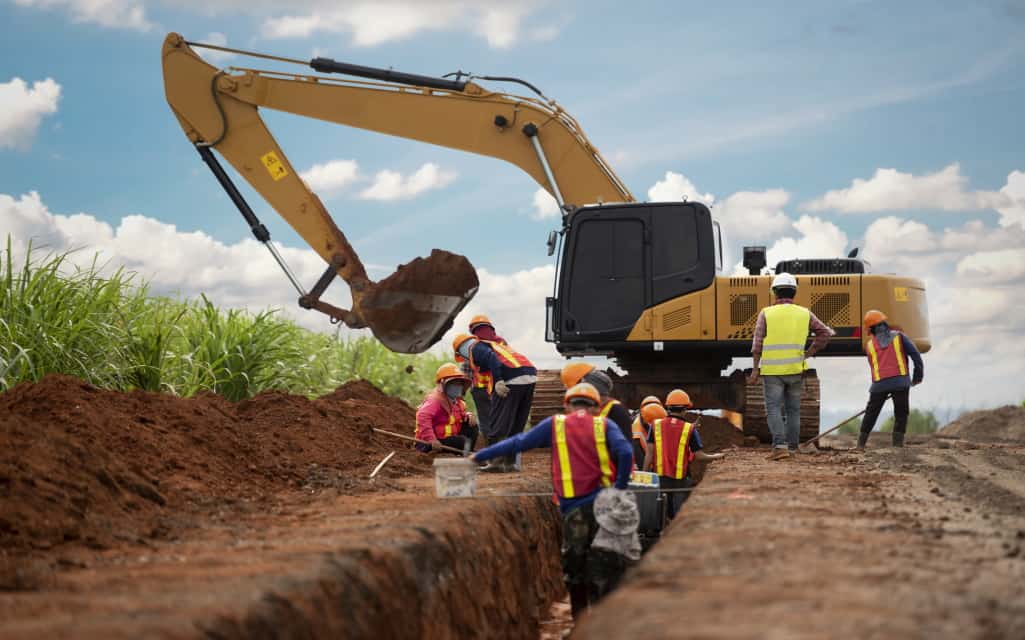Trenching and shoring can be risky processes at any time of the year. However, the warmer months in the spring and summer create extra challenges that construction workers can’t afford to ignore. Read on to find out about four key trenching and shoring safety tips to keep in mind during the warmest, wettest parts of the year.
1. Choose the Right Mitigation System
The first step toward ensuring worker safety occurs before anyone even walks onto the construction site. Choosing the right Concrete Deck Shoring System to meet the unique challenges presented by excessive rain, heat, and changing soil conditions is an essential first step. Consult with an engineer to determine the load-bearing capacity of the soils and discuss what mitigation solutions could be implemented to avoid potentially deadly problems like cave-ins before starting the project.
2. Ensure Proper Soil Classification
Excessive precipitation can affect soil integrity, leading to last-minute soil reclassifications. Site managers know that OSHA requires soil testing performed by a competent person (CP) prior to beginning any trenching or shoring work. However, not all construction firms take the additional recommended step of reevaluating soil conditions following extreme precipitation events or substantial changes in relative humidity.
What starts out as a Type A, highly stable, the soil could quickly degenerate to a Type B, or even a Type C, soil following excessive moisture infiltration. Site managers should monitor soil conditions and request reclassification as needed. Taking this extra step will help to ensure that proper methods of sloping, shoring or benching are being taken to keep workers safe.
3. Be Prepared to Deal With Rain
A CP should evaluate trench conditions following every rainstorm. One could make that generalization during any time of the year, but it’s far more relevant during the warmer months when rain is more common. In addition to reclassifying the soil as needed, the CP should also perform trench checks to ensure that the likelihood of cave-ins has not risen as a result of the rain.
Standing water in trenches can substantially increase the risk of cave-ins. Workers should be precluded from the trenches until adequate precautions have been taken. In some cases, that means changing the shoring system in use. In others, it requires temporarily diverting the flow of surface water.
4. Adhere Carefully to All Trench Safety Guidelines
The rainy season is not the time to become lax about trench safety. Now is the time to double-down on the protective measures recommended by OSHA. Those include:
Ensuring that heavy equipment is not directed close to trench edges
Installing safe access points for workers
Removing excavated materials to at least a two-foot distance from the trench edge
Making sure all workers wear their safety gear
Ensuring continuous ventilation
Performing frequent trench inspections
Testing for hazardous gases or fumes
Adding shoring to any trench deeper than five feet
In many cases, additional protective measures must be taken. Consult with a CP frequently to find out if the trench remains structurally sound.
The Bottom Line
Worker safety should be at the top of every construction foreman’s priorities list. Trenching during the warmer months can create unique risks, but they can be mitigated. Proper evaluations and the installation of specialized shoring systems can help. Don’t be afraid to reach out for guidance regarding proper worker safety procedures, especially following severe rainstorms.



